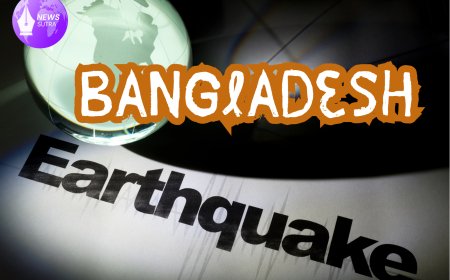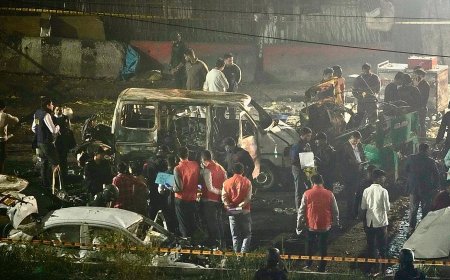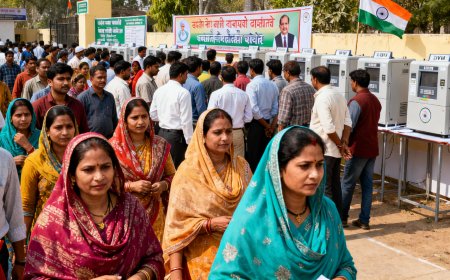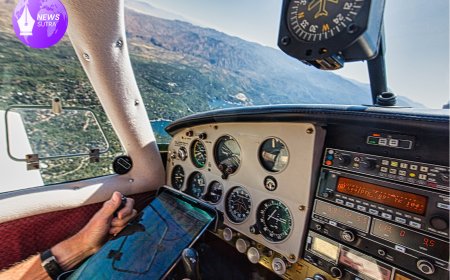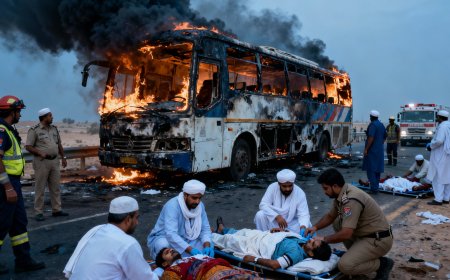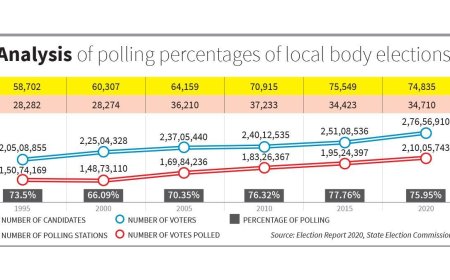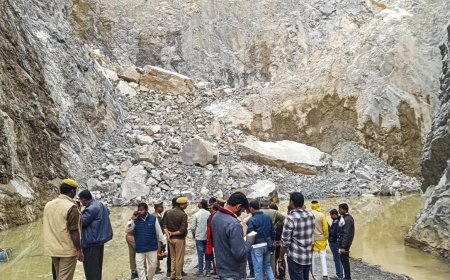Red Fort Blast: One Week On, High-Profile Public Spaces Under Fresh Scrutiny
One week after the deadly blast near the historic Red Fort metro station, authorities across the capital region have ramped up security. We look at the measures in place and whether public spaces truly feel safer.
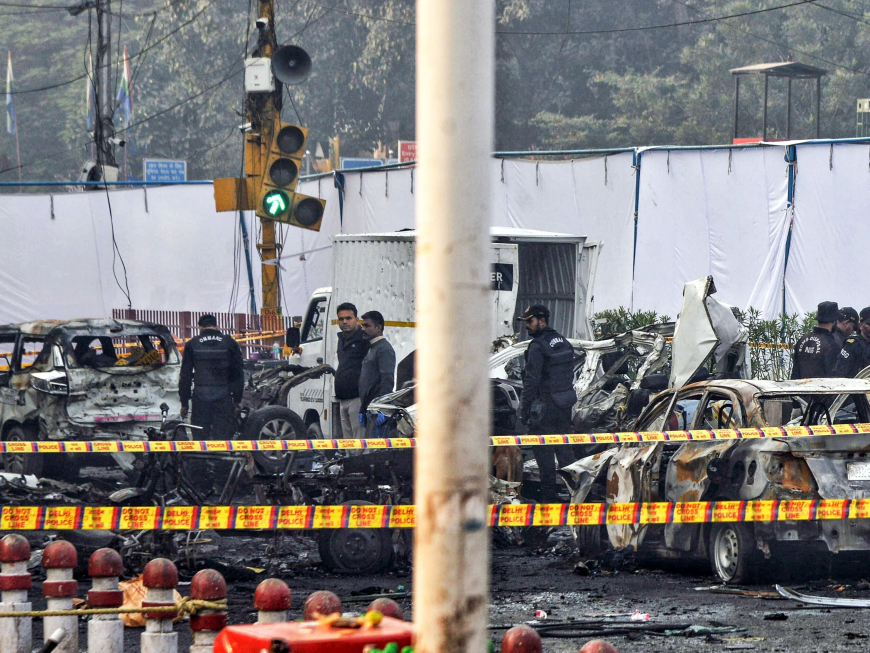
A week has passed since the devastating car explosion near the Red Fort metro station in New Delhi, a blast that claimed at least eight lives and left many more wounded. AP News+2www.ndtv.com+2 The incident has sent shockwaves through security agencies and cast a long shadow over the safety of high-profile public spaces. In this article, we examine how secure these areas are now, what has changed, and where gaps still remain.
A wake-up call at a symbolic site
The Red Fort is not just a monument; it is a national symbol. The blast onsite underlines how vulnerable such landmarks and their surrounding public zones remain. Reports indicate the vehicle used either parked nearby or moved slowly before the explosion near the traffic signal by the station. Wikipedia+2www.ndtv.com+2 The swift invocation of anti-terror laws and deployment of the National Investigation Agency (NIA) signal that authorities regard it as more than an accident. Al Jazeera+1
Security measures dialled up
In the immediate aftermath, multiple measures have gone live:
-
Security alerts issued by the Central Industrial Security Force (CISF) covering airports, metro stations, heritage sites and government buildings. The Economic Times
-
States around the national capital region stepping up patrols, checks at transport hubs, and monitoring public spaces far beyond just the blast zone. The Times of India
-
Enhanced surveillance and screening in crowded urban spaces and heritage corridors. Deccan Chronicle+1
-
Government officials led high-level security reviews, including Amit Shah chairing meetings to tighten readiness. News on Air
On the surface, the response is robust. Cameras, checkpoints, and visible law enforcement have increased. For citizens walking into a metro station, a shopping mall or near major landmarks, that uptick is a reassuring sign.
Does increased visibility equal true security?
Visible security is one thing. Comprehensive security is another. A week in, key questions remain:
-
Threat detection vs. deterrence: It's one matter to patrol and check bags; it's another to detect hidden networks, bomb-making supplies, and sleeper cells. The investigation into the Red Fort blast suggests ties beyond a single vehicle — pointing to a deeper network. Wikipedia+1
-
Public spaces in flux: High-profile spaces like monuments, metro stations and major thoroughfares remain crowded and dynamic. Adversaries often exploit the fluidity of such spaces. Even with patrols, extremist groups may monitor routines and strike when least expected.
-
Coordination and intelligence-sharing: Effective security demands seamless communication between local police, metro authorities, intelligence agencies and civilian units. Any gap can be exploited.
-
Complacency risk: In the excitement of heightened alert, the danger is that after a few days, the public and even some agencies may relax. Maintaining vigilance is as important as the initial surge in response.
What public spaces must do differently
To build real resilience, public spaces and their management must work on several fronts:
-
Layered protection over show checks. Instead of just visible patrols, integrating intelligence, forensic readiness, rapid evacuation routes, and public awareness helps.
-
Engaging the crowd. People in markets, stations and heritage zones are part of the first line of detection. Educating them to spot anomalies, report suspicious items or behaviour matters.
-
Smart use of technology. Beyond CCTV, analytics, explosives-detection equipment, mobile alert systems and coordinated response teams count.
-
Scenario-based drills. Shows of force matter less than rehearsals of real scenarios — bomb threats, coordinated attacks, multi-point incidents.
-
Continuous review. The threat landscape evolves. A week after the blast is one moment; six months down the line, attackers will adjust. Security must adapt.
The peril and the promise
The blast at the Red Fort site has underlined a sobering truth: even the most symbolic, well-guarded places can be hit. The prompt response by authorities is commendable and shows intent. But intent must translate into prevention, and prevention must translate into everyday safety for citizens.
For the traveller visiting the Red Fort, for the daily commuter passing through metro hubs, or for the shopper in major malls — the expectation is simple: go about your day without fearing an attack. That is the benchmark of true security, not merely heavy police presence.
Bottom line
One week on from the explosion near the Red Fort metro station, public spaces are under tighter watch. The visible changes are meaningful. Yet the core challenge remains: transforming heightened alert into a hardened, resilient routine. In a country where high-profile places hold immense symbolic value, the stakes are high. The signal is clear — security is non-negotiable and vigilance must become a continuous state, not a temporary spike.
As citizens, public-space managers and security forces alike absorb the lessons of this incident, the hope is that the next week, month and year bring fewer shocks — and a stronger sense of safety in the places we gather, live and visit.
What's Your Reaction?
 Like
0
Like
0
 Dislike
0
Dislike
0
 Love
0
Love
0
 Funny
0
Funny
0
 Angry
0
Angry
0
 Sad
0
Sad
0
 Wow
0
Wow
0

